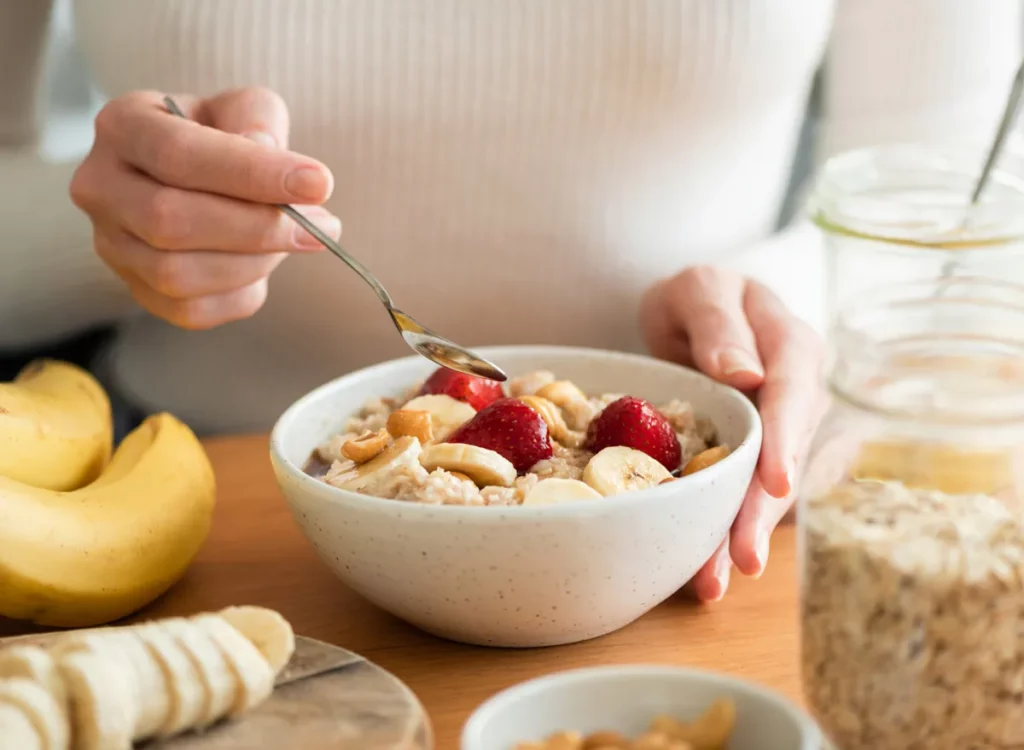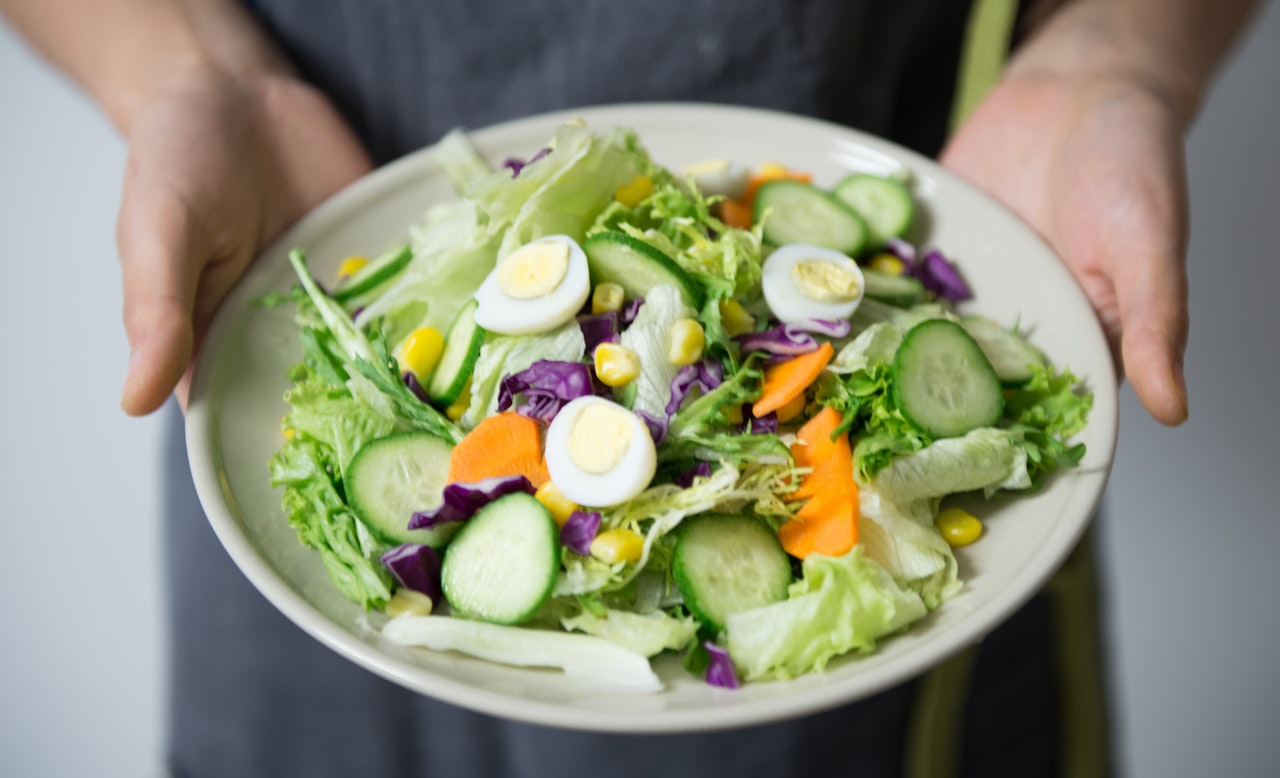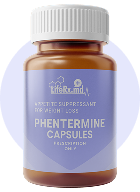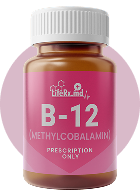If we all ate the exact same thing, our bodies would all still look different. There is no universal diet truth that works for everyone! So what are the best diet plans for weight loss? The answer isn’t something I, or anyone else, can just tell you. Unfortunately, a lot of weight loss journeys include substantial trial and error. However, I’ve curated a list of the best diet plans for weight loss that have shown positive results- could one of them be your new lifestyle?
Mediterranean diet
According to some, the Mediterranean diet is one of the best diet plans for weight loss. The Mediterranean diet is a diet inspired by the eating habits of Greece, Italy, and Spain in the 1960s. This diet focuses less on strict rules (no calorie-counting!) and more on broader guidelines that you can customize to your day-to-day habits. In general, it’s high in vegetables, fruits, legumes, nuts, beans, cereals, grains, fish, and unsaturated fats such as olive oil. It usually includes a low intake of meat and dairy foods.
Why could the Mediterranean diet be the best diet plan for weight loss? Studies show that heart disease appears to be lower among people living around the Mediterranean, compared to people living in the U.S. Research indicates that diet most likely plays a role in this. This is probably because this diet includes very limited red meat intake, unlike a typical American diet. Of course it is no secret the United States is not accredited for healthy diets. Clearly we have something to learn from other parts of the world. And the Mediterranean sure sounds like a fun place to start learning!
An example of a “Mediterranean diet dish” would be oven-roasted vegetables, such as: artichoke, carrot, zucchini, eggplant, sweet potato, or tomato tossed in olive oil and heavy herbs before roasting. Served with a cup of whole-grain couscous.
Caloric deficit

A caloric deficit is any shortage in the amount of calories consumed relative to the amount of calories required for maintenance of current body weight. You can use a “calorie deficit calculator” and enter in your height/weight and it will tell you exactly how many calories you can eat a day to lose weight. A calorie deficit has been proven to be one of the best diet plans for weight loss. Also, the great thing about a caloric deficit is you can eat anything you want… in moderation. You just have to stay under your calorie maintenance by 300-500 calories. For example, let’s say I burn 2,000 calories just by existing… if I limit myself to 1500-1700 calories a day, I will consistently lose weight!
You can of course adjust this to how rapidly you want to lose weight. The less calories you consume, the more rapid the weight loss. However you must be careful not to under eat. Undereating can put your body in “starvation mode”. Starvation mode is definitely not one of the best diet plans for weight loss. You will not lose weight if your body goes into “starvation mode” (or you will have a very difficult time losing weight). “Starvation mode” is your body’s natural response to extreme calorie restriction. It is a survival instinct you are programmed with to preserve your body’s fat.
Who would want to preserve their fat? I know right! But imagine this: you get stranded in the middle of the desert (stay with me here) and you need to look for water and food. On your search, your body will burn calories because of all that desert walking and searching. However, once your body realizes it’s starving, it will stop burning you’re calories the same way. By burning less of your calories, your body is helping you conserve your energy. After all, calorie is just a measurement of energy.
So your body will do its best to hold onto all the extra weight and energy it can to help you survive. This is a great evolutionary advantage for situations like being lost in the desert, but unquestionably not one of the best diet plans for weight loss. That is why it is so important for you to not starve yourself and to properly nourish your body, even when you are trying to eat less.
There are no really specific “calorie deficit” meals because there’s so many options and combinations. It can be completely customized to your palette and anything can be eaten in moderation. While anything in moderation is true with this diet, it’s also important to be realistic about it. For example, you could eat a whole bag of chips for 2,000 calories or you could eat chicken and broccoli for 200. Which of those things makes you feel full? Which has more nutritional value? Which would be the better option to eat throughout the day that would give you energy? A lot of balance and critical thinking goes into maintaining a caloric deficit. Though generally, it is best to stick to a high protein diet when counting calories. As protein is what makes you feel and keeps you full the longest.
DASH Diet
The DASH diet could very well be one of the best diet plans for weight loss. This is because it is promoted by the U.S.-based National Heart, Lung, and Blood Institute to prevent and control hypertension. DASH actually stands for “Dietary Approaches to Stop Hypertension”. If heart issues have been a concern of yours, this diet might be for you! This diet plan does not give you specific foods to eat. Instead, the DASH diet gives you both daily and weekly nutrition goals to meet. The plan recommends eating plenty of vegetables, fruits, and whole grains. Incorporating fat-free or low-fat dairy products, fish, poultry, beans, nuts, and vegetable oils into your diet. And limiting foods that are high in saturated fat, such as fatty meats, full-fat dairy products, and tropical oils such as coconut, palm kernel, and palm oils. Another significant part of the diet is limiting your sugar and sodium intake.
In terms of macronutrient composition, the nutrient goals of the DASH diet plan are:
- Total fat: 27% of calories
- Saturated fat: 6% of calories
- Protein: 18% of calories
- Carbohydrates: 55% of calories
- Cholesterol: 150 mg
- Sodium: 2,300 mg (A lower goal of 1,500 mg sodium was tested and found to be even better for lowering blood pressure)
- Potassium: 4,700 mg
- Calcium: 1,250 mg
- Magnesium: 500 mg
- Fiber: 30 g
An example of a DASH approved meal would be a Beef and vegetable kebab, made with 3 ounces of beef and 1 cup of peppers, onions, mushrooms and cherry tomatoes. Served with 1 cup cooked wild rice, 1/3 cup pecans, and 1 cup pineapple chunks.
Intermittent Fasting

Intermittent fasting has recently gotten more popular and has been praised by some as one of the best diet plans for weight loss. However, some have criticized it as a “fad” diet that is certainly not one of the best diet plans for weight loss. But what is it? Well, intermittent fasting is an umbrella term for multiple meal timing schedules that cycle between voluntary fasting and eating. The main methods for intermittent fasting include alternate-day fasting, periodic fasting, and daily time-restricted feeding.
Alternate-day fasting is just what it sounds like, you fast every other day. On the non fasting days you can eat whatever you’d like (score!). However, on your fasting days you are limited to just calorie-free beverages. Many people like this diet plan as it is simple and easy to keep track of. If you are reading this and already are appalled at not eating for a day, there are modifications you can make. One of the most common accommodations is limiting yourself to just 500 calories on your off days.
Periodic fasting is also called whole-day fasting. Want to take a wild guess why? Yup. You fast for the whole day. One of the more popular forms of periodic fasting is the 5:2 diet. Basically, you fast 2 days out of the week and eat the other 5. Again, you can make modifications to your fasting days if needed and eat 500 calories on fasting days.
Time-restricted feeding means that you eat all of your snacks and meals in a particular window of time each day. These snacks and meals can also be whatever you want. Your time frame is up to your preference and what your schedule allows. Typically your window is between 6 and 12 hours. So, for example, you could only eat between 8am and 8pm if you were doing a 12 hour timeframe. Or, you could eat only at 12pm to 6pm if you were doing a 6 hour window. If intermittent fasting interests you, I suggest exploring these three first. Chances are one of these three will be one of the best diet plans for weight loss.
Keto
The ketogenic diet is a high-fat, adequate-protein, low-carbohydrate diet. A healthy ketogenic diet should consist of about 75% fat, 10-30% protein and no more than 5% or 20 to 50 grams of carbs per day. This diet also gives you the freedom to not count calories! In exchange you have to watch your carbs though. It’s a trade off for sure, it depends on which you prefer tracking. The ketogenic diet has shown to be one of the best diet plans for weight loss, especially if you are looking for rapid results. You may lose weight very quickly, but be warned- many find the keto diet hard to maintain. If you have lost significant weight with keto and want to add carbs back into your diet, you should do so in moderation and start with simple carbs. An example of a keto dish would be a plate of protein (meat or seafood) and tons of veggies! (maybe some cheese on top too).
Now What?
I have just given you a great starting point, but this journey is yours to take. Read and consider which of these is the best diet plan for weight loss that would work for you. Take into consideration the type of foods you like to eat, your budget, and your lifestyle. Perhaps the first diet you try will be the one for you! But… if not, I implore you to not give up. Try another and another AND another if you have to. You have not failed until you’ve given up.




















